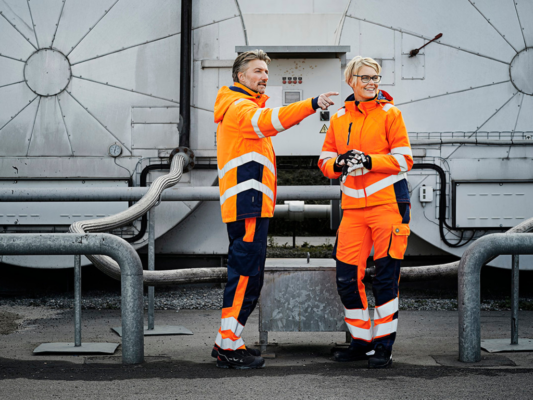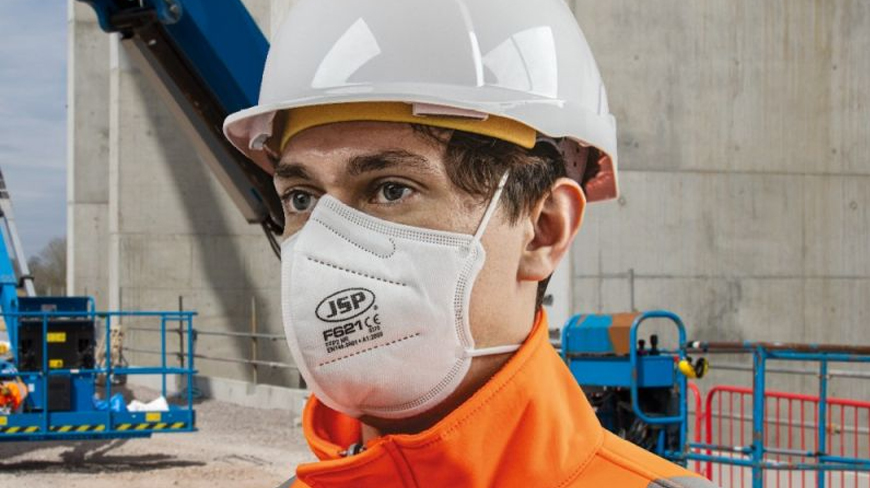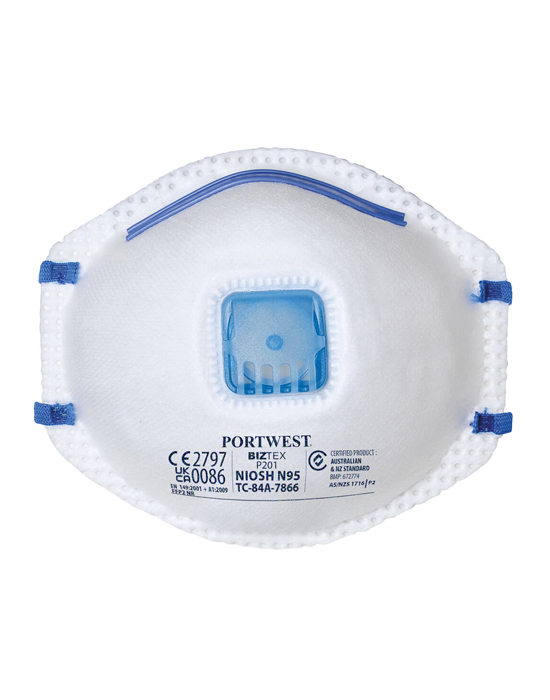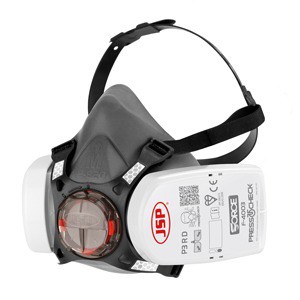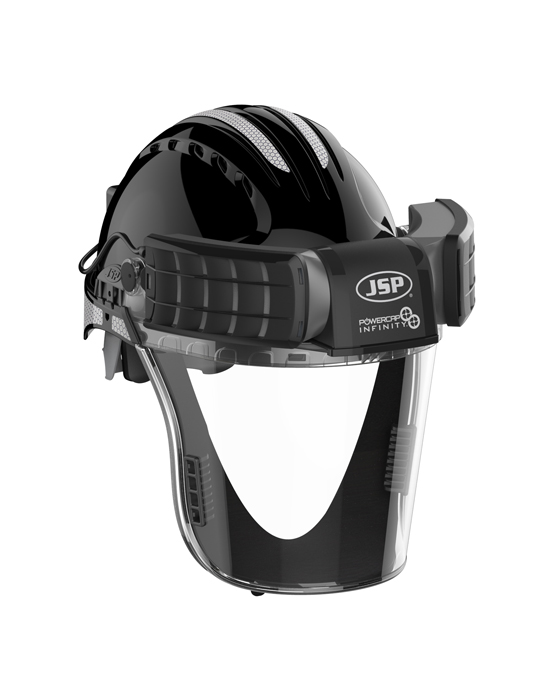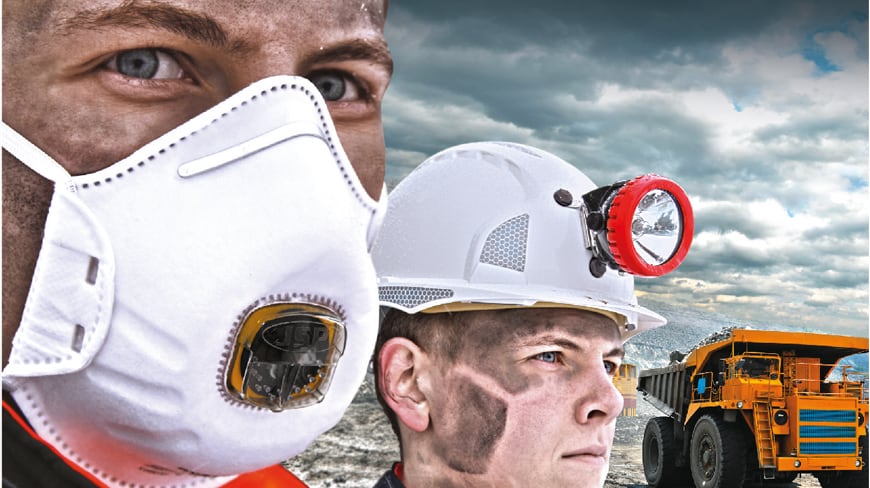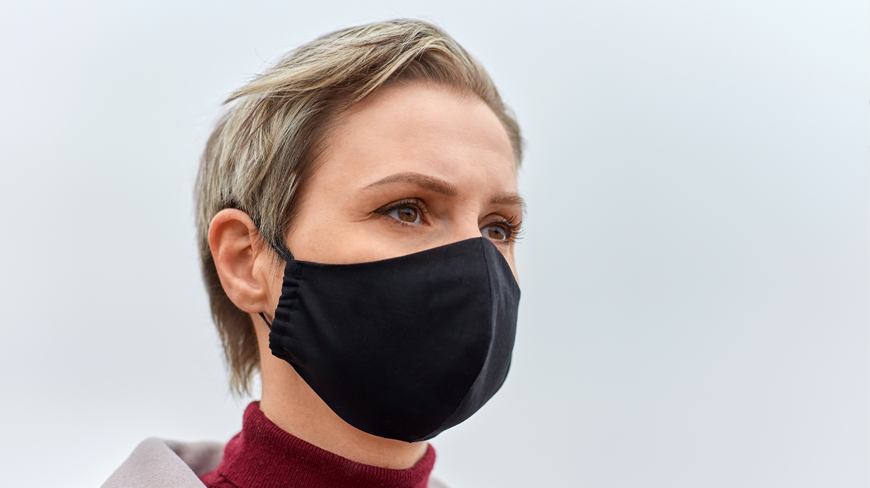No products in the basket.
PPE, Respiratory Protection
Respiratory Protection At Work – Are Face Masks Just For Covid?
Face masks aren’t just for covid!
Yes, you read that right. Prior to the pandemic face masks were a staple item of PPE for many individuals working in high-risk environments. Since the pandemic started in 2020 there has been pressure on supply chains and a rise in fake respiratory protective equipment. Thankfully supply chains have now caught up and we are more aware of the importance of buying respiratory protection from a trusted supplier that is fully compliant with EN 149.
Ok, so what types of face masks provide respiratory protection?
Workplace respiratory exposure hazards are encountered in four forms; solid particulates, liquid particulates, gases and vapours. Ensuring respiratory protection for yourself and any workers you are responsible for against the effects of respiratory hazards is therefore imperative. Respiratory products have since been developed to provide different levels of respiratory protection to the end user.
Masks that provide the appropriate levels of respiratory protection include FFP2 and FFP3 masks which are classified under the ‘EN 149 European Standard of Testing and Marking Requirements of Masks that Filter the Air.’ Half mask respirators are reusable and can be easily stripped, cleaned, maintained, and reused for an indefinite period of time. The replacement filters, whilst not indefinite, last far longer than single use disposable respirators. A powered air purifying respirator (PAPR) is a portable battery powered respirator that filters the air in the wearer’s environment and directs the clean and filtered air to the wearer via a breathing tube. Pressure is then created inside the headwear preventing any unfiltered being inhaled by the wearer.
How do I ensure my face mask fits correctly?
It is vitally important that all respirators are correctly fitted to the face as there must be good contact between the skin and the mask for it to be fully effective. Every face is a different shape and size therefore a Face Fit Test Kit enables a qualitative respiratory fit test for tight fitting respirators. This is in line with COSHH and Approved Code of Practice (ACoP) regulations for the mandatory testing of RPE. Testing should be undertaken by a qualified fitter who possesses the necessary skills, knowledge, and experience.
The Health and Safety Executive (HSE) state that “Many masks rely on a good seal against the face so that, when you breathe air in, it is drawn into the filter material where the air is cleaned. If there are any gaps around the edges of the mask, ‘dirty’ air will pass through these gaps and into your lungs. It is therefore very important that you put your mask on correctly and check for a good fit every time. Facial hair make it impossible to get a good seal of the mask to the face.”
Can I use a fabric face covering instead of a disposable respirator?
No! A fabric face covering is not PPE/RPE therefore it is not compliant with EN 149 and the associated safety standards. If your role requires a face mask to be worn due to workplace hazards you must wear a respirator that provides you with the correct levels of protection. Determining which piece of Respiratory Protective Equipment (RPE) is correct for the job requires the consideration of a number of factors including, the nature of the hazardous substances, whether the task will be carried out in an oxygen deficient atmosphere, the relevant COSHH guidance from HSE and the safety data sheets published by the supplier of the hazardous substance. It may be necessary to consult various sources and guidance to find the most appropriate mask for the job or speak to your PPE provider.
What are the UK safety standards for respiratory protection?
There are a number of safety standards for respiratory protection including:
EN 149 – Filtering facepiece and particulate respirators
EN 405 – Valved filtering half mask respirators for gases and/or particulates
EN 140 – Half mask facepieces and quarter masks
EN 136 – Full facepieces
EN 137 – Self-contained open circuit compressed air breathing apparatus
EN 143 – Particulate filters
EN 146 – Powered respirators – hoods & helmets
EN 147 – Powered respirators – full face, half face or quarter masks
EN 371 – Gas and/or combined filters for use against low boiling point organic compounds.
EN 14387 – Gas & vapour filters
When is RPE required in the workplace?
All employers should prevent or control employee exposure to hazardous substances in the workplace through various measures including appropriate ventilation. The HSE states that “RPE should only be used as a last choice of protection when working with hazardous substances such as gases, solvents, powered chemicals, mists and sprays or entering a confined space.”
Bestselling Respiratory Products
Further Reading
If you are unsure about which piece of respiratory equipment you require, please contact your PPE provider. Clad Safety is a trusted UK supplier of PPE for over 30 years with a team of technical experts who can assist you with any questions you may have. Call us on 0800 161 3661 or email [email protected]



